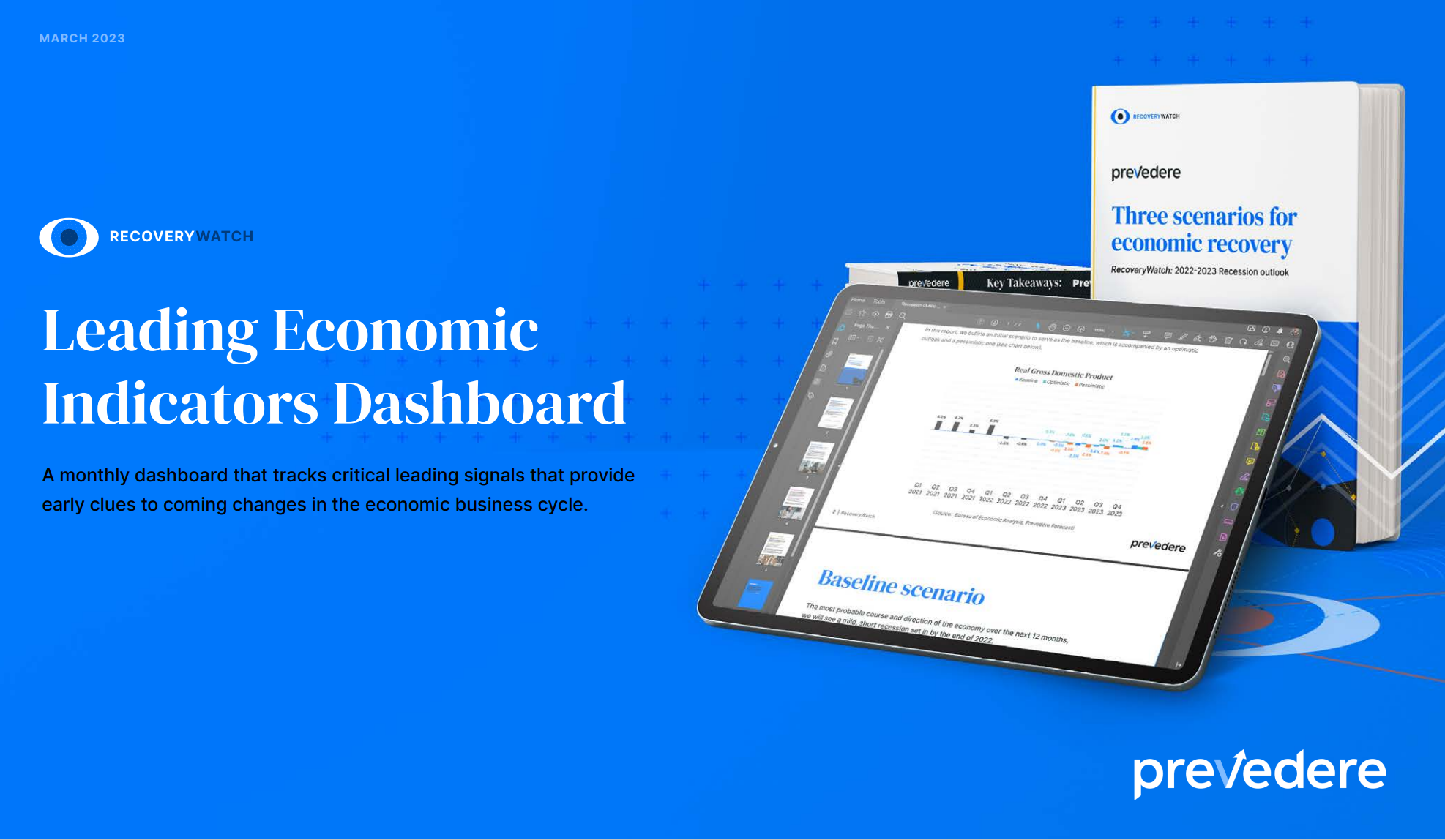
Understanding Economic Indicators for Informed Decision-Making
In the complex realm of finance, comprehending economic indicators is paramount for making informed decisions. Economic indicators are key metrics that provide insights into the health and performance of an economy. Let’s explore their significance and how they shape decision-making in the financial landscape.
Categories of Economic Indicators
Economic indicators are typically categorized into leading, lagging, and coincident indicators. Leading indicators offer insights into future economic trends, lagging indicators confirm long-term trends, and coincident indicators reflect current economic activity. Understanding these categories helps analysts interpret the timing and impact of economic changes.
Unemployment Rates and Labor Market Health
One of the most closely watched economic indicators is the unemployment rate. It reflects the percentage of the labor force that is unemployed and actively seeking employment. A rising unemployment rate can indicate economic distress, while a declining rate suggests a healthier job market. Investors often monitor this indicator to gauge overall economic well-being.
Gross Domestic Product (GDP) as a Barometer
Gross Domestic Product (GDP) is a comprehensive measure of a nation’s economic output. It encompasses the total value of all goods and services produced within a country. Changes in GDP growth rates provide insights into the overall economic health. A growing GDP often signals economic expansion, while a declining GDP may indicate contraction.
Inflation: Balancing Act for Central Banks
Inflation measures the rate at which the general level of prices for goods and services rises. Central banks aim to maintain a stable inflation rate, often targeting a specific percentage. Moderate inflation is generally considered healthy for economic growth, while deflation or hyperinflation can pose challenges. Investors and policymakers closely monitor inflation trends.
Consumer Confidence and Spending Patterns
Consumer confidence reflects the optimism or pessimism of consumers regarding the overall state of the economy. High consumer confidence typically correlates with increased spending, a crucial driver of economic growth. Tracking consumer confidence surveys helps analysts anticipate trends in consumer spending, impacting various industries.
Interest Rates and Monetary Policy
Central banks influence economic conditions through monetary policy, particularly by adjusting interest rates. Lowering interest rates can stimulate borrowing and spending, fostering economic growth. Conversely, raising interest rates is used to cool an overheated economy and control inflation. Investors keenly observe central bank decisions for cues on future economic conditions.
Trade Balance: Assessing Global Economic Relationships
The trade balance measures the difference between a country’s exports and imports. A positive balance, or trade surplus, indicates that a country is exporting more than it imports. This can contribute to economic growth. Conversely, a trade deficit may raise concerns about economic sustainability. Investors evaluate trade balances to understand global economic relationships.
Linking Economic Indicators to Smart Investments
Now, let’s seamlessly integrate Economic Indicators into our discussion. For real-time analysis and insights into economic trends, visit Economic Indicators. This resource serves as a valuable tool for investors seeking to augment their understanding of economic indicators and make informed decisions based on a comprehensive view of the economic landscape.
Conclusion: Navigating the Economic Landscape
In conclusion, economic indicators are invaluable tools for understanding the health and trajectory of an economy. Investors, policymakers, and analysts alike rely on these metrics to make informed decisions. By comprehending the nuances of unemployment rates, GDP, inflation, and other indicators, stakeholders can navigate the economic landscape with foresight, positioning themselves for success in an ever-changing financial environment.